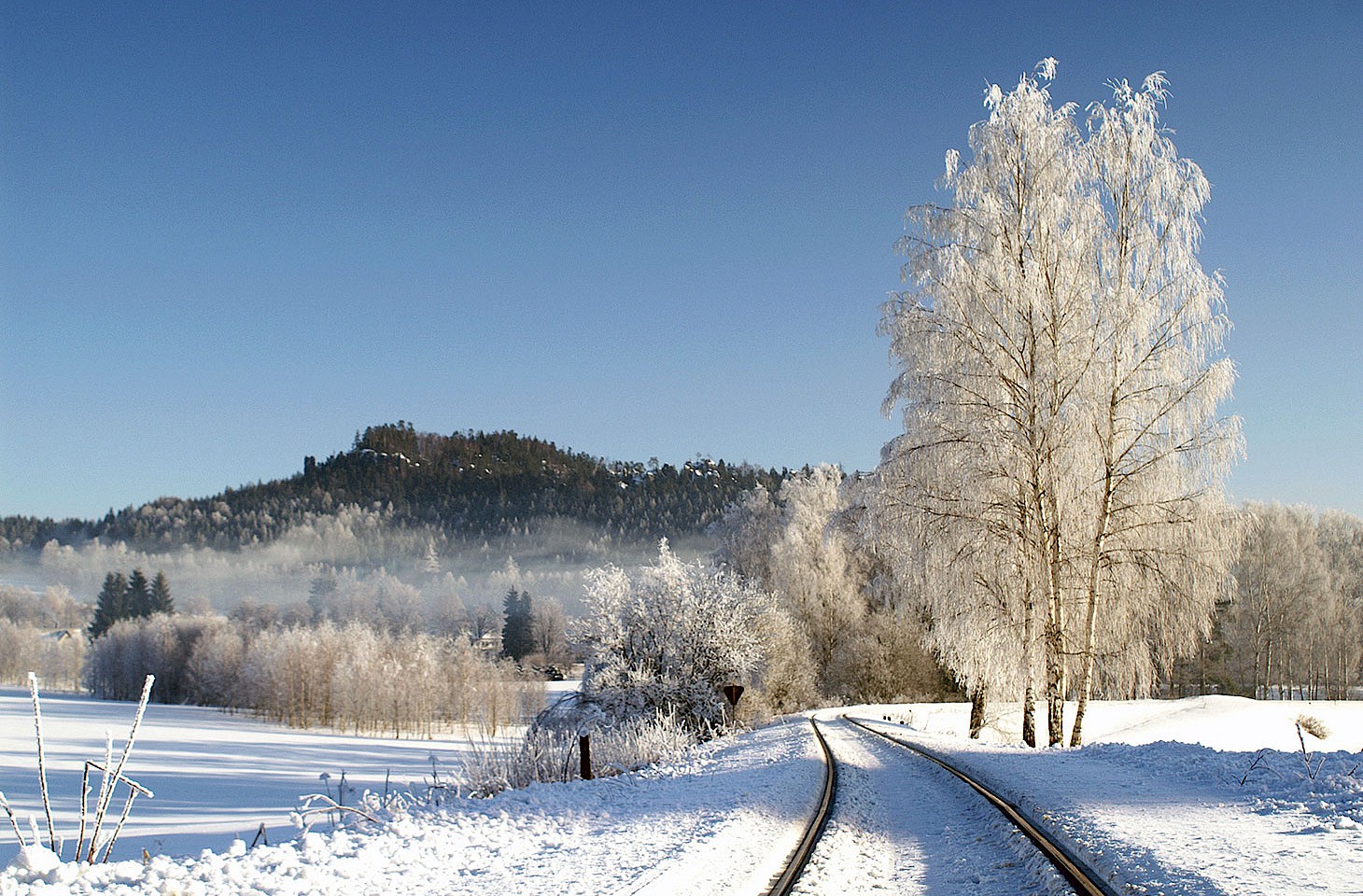On the sixtieth anniversary of the end of the second world war, hidden europe reports from the once divided city of Görlitz that sits astride an international border. German Görlitz and Polish Zgorzelec had little in common during the years after the war, but now they are forging a common future. And in the accompanying feature immediately following, Tim Locke unravels an intriguing tale of one family's connections with Görlitz.
It is one of those unsung cities of which all Europe really should be more proud. It features in few guidebooks, yet much of Görlitz is picture perfect. The city walls and ramparts, the studied serenity of its two town squares, the quiet riverside walks along the banks of the Neiße, and an ensemble of fine buildings that captures, within the compass of a few streets, many of the most striking architectural genres of the last few centuries. It is a city of enveloping calm, except perhaps at this time of year, when the aldermen and civil officials in Görlitz get a little jittery, anxiously checking the city's bank account to see if the annual windfall has arrived. For some years, usually in early May, an anonymous donation of a million marks has arrived in the bank account of the Lower Silesian city.
No one knows the origin of this handsome benefaction, but the city fathers speculate that perhaps it comes from someone who left the city years ago and has made good since.




